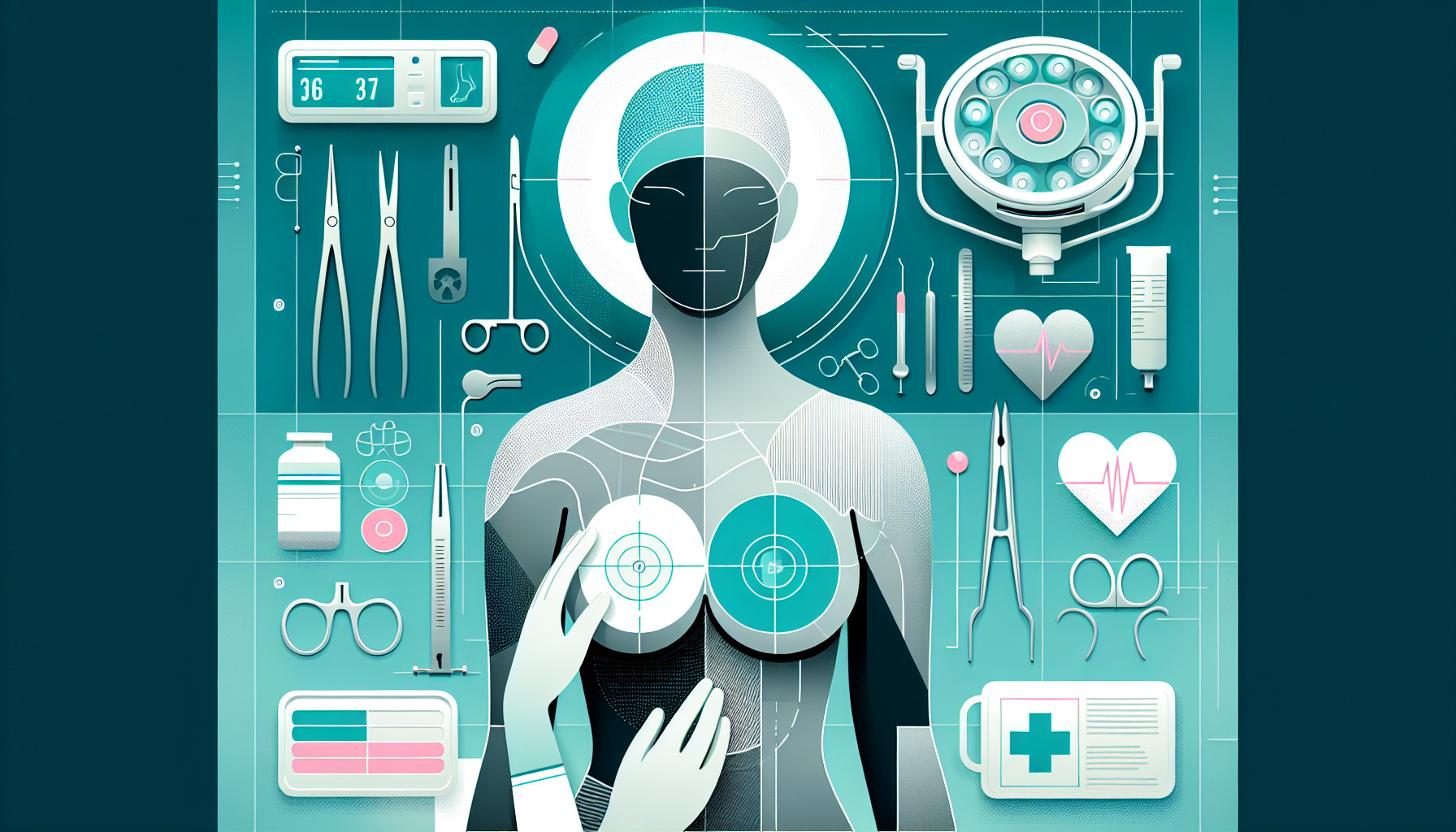Our Summary
This paper reviews a popular method of breast reconstruction after a mastectomy, called prepectoral breast reconstruction (PPBR). In this procedure, the breast implants are placed above the chest muscle, unlike the traditional method where they are placed beneath it. Despite its growing popularity, there is a lack of data and understanding about this procedure on a national level. The paper reviews the current trends and considerations linked to PPBR, including patient and implant selection, techniques, use of meshes, outcomes, complications, effects of radiotherapy, and the potential benefits of integrating fat infiltration. The paper concludes that PPBR has become a suitable option for individuals seeking breast reconstruction, thanks to advancements in implant technology, mastectomy techniques, fat grafting, and the use of acellular dermal matrices (skin grafts without cells). These advancements have improved the aesthetic results and effectiveness of PPBR, making it a crucial tool for plastic surgeons.
FAQs
- What is prepectoral breast reconstruction (PPBR) and how does it differ from traditional methods?
- What are the current trends and considerations linked to PPBR?
- What advancements have improved the aesthetic results and effectiveness of PPBR?
Doctor’s Tip
One helpful tip a doctor might tell a patient about breast reconstruction is to carefully consider all available options and consult with a plastic surgeon who is experienced in different techniques. Each patient’s situation is unique, and the best approach for one person may not be the same for another. It’s important to discuss your goals, concerns, and preferences with your doctor to determine the most suitable reconstruction method for you. Additionally, it’s important to have realistic expectations about the outcomes of the procedure and to have a thorough understanding of the potential risks and complications involved. Regular follow-up appointments with your healthcare team are also crucial for monitoring your progress and addressing any issues that may arise.
Suitable For
Patients who are typically recommended for breast reconstruction include those who have undergone a mastectomy for breast cancer treatment, those at high risk for breast cancer who have chosen to undergo a prophylactic mastectomy, and those who have experienced trauma or deformities in the breast area. Additionally, patients who desire to restore their breast shape and symmetry after a mastectomy may also be candidates for breast reconstruction. It is important for patients to discuss their options with their healthcare provider and plastic surgeon to determine the best course of action for their individual situation.
Timeline
Before breast reconstruction:
- Breast cancer diagnosis: The patient is diagnosed with breast cancer and undergoes a mastectomy to remove the affected breast tissue.
- Consultation with a plastic surgeon: The patient meets with a plastic surgeon to discuss their options for breast reconstruction.
- Decision-making process: The patient and surgeon work together to determine the best reconstruction method for the patient’s individual needs and preferences.
After breast reconstruction:
- Surgery: The patient undergoes surgery to reconstruct the breast using implants or tissue from another part of the body.
- Recovery: The patient goes through a recovery period, during which they may experience pain, swelling, and limited mobility.
- Follow-up appointments: The patient has regular follow-up appointments with their surgeon to monitor their healing and address any concerns.
- Adjustment period: The patient may need time to adjust to their new breasts and the changes in their body.
- Long-term care: The patient continues to receive regular check-ups and monitoring to ensure the health and function of the reconstructed breast.
What to Ask Your Doctor
- What are the potential risks and complications associated with prepectoral breast reconstruction?
- How long is the recovery time after the surgery, and what can I expect during the recovery process?
- How will my breasts look and feel after the reconstruction? Will they look and feel natural?
- What type of implants will be used in the reconstruction, and how long do they typically last?
- Will I need additional surgeries in the future for maintenance or revisions?
- How will the reconstruction affect my ability to undergo mammograms and other breast cancer screening tests?
- Are there any restrictions or limitations on physical activities or lifestyle choices after the reconstruction?
- How will the reconstruction affect the appearance and sensation of my nipples and areolas?
- What are the potential long-term effects of radiation therapy on the reconstructed breast?
- Are there any alternative methods or techniques for breast reconstruction that I should consider?
Reference
Authors: Taj S, Chandavarkar R, Vidya R. Journal: Medicina (Kaunas). 2024 Mar 3;60(3):431. doi: 10.3390/medicina60030431. PMID: 38541157
